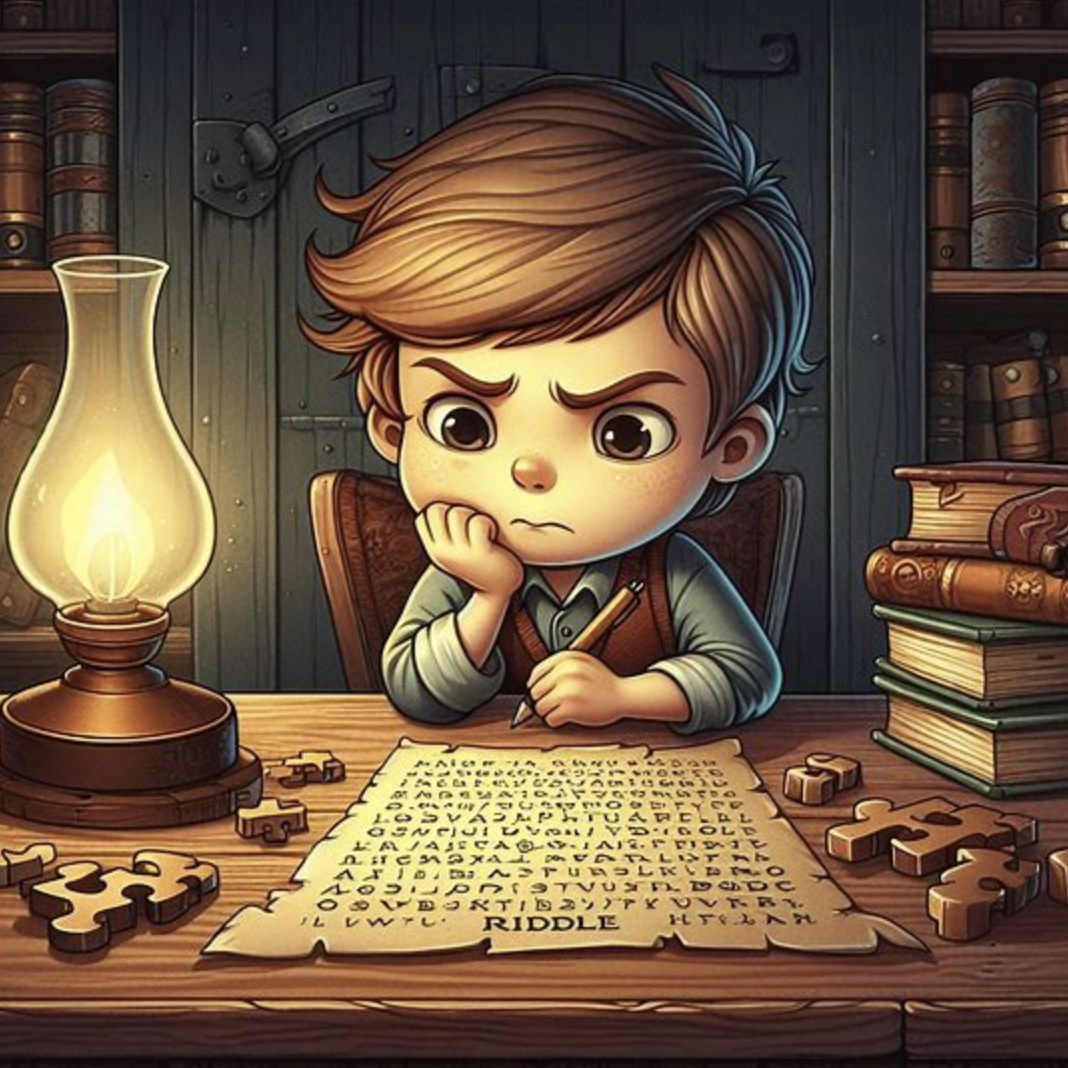Guess the word (easy/intermediate)

Solve the riddle!
What makes a riddle?
Here's a simple guide to creating your own riddle:
Choose Your Answer First: It can be an object, concept, or even a person. Knowing the answer helps you work backward to create a clever and fitting question.
Think About Characteristics: Consider the defining features, uses, or characteristics of the answer. What makes it unique?
Use Figurative Language: Use metaphors, similes, and personification to give your riddle depth and intrigue.
Keep It Concise and Ambiguous: A good riddle is usually brief, making every word count. Your clues should be open to interpretation but still lead to the specific answer you have in mind.
Craft Your Riddle: Combine the characteristics you've identified with figurative language to create a puzzling question or statement. Ensure it's not too easy to guess but also not impossible to solve. Balance is important.
Test Your Riddle: Share it with friends or family without revealing the answer. See if they can solve it with a reasonable amount of effort. Their feedback can help you adjust the difficulty level or clarify any confusing parts.
